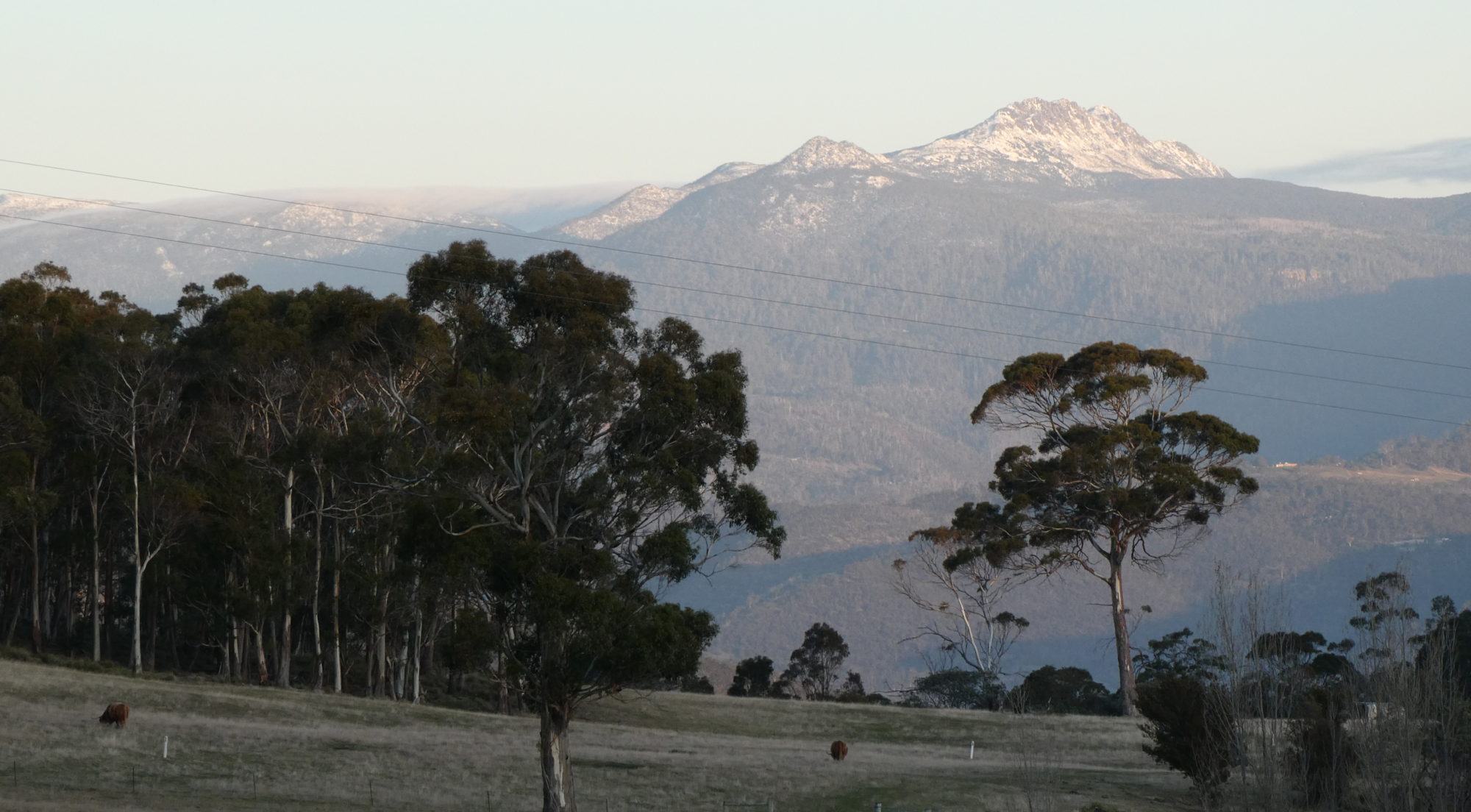by Wayne Hooper
People tend to confuse the excellent Limits to Growth study with the ravings of that scaremonger, Paul Erlich, whose wild predictions were soon shown to be worthless.
One of the key affirmations of the Limits to Growth predictions was done in this 2008 CSIRO paper https://www.ecsim.org/Vista/archivos/TURNER%20G%20-%20TLG%2030%20years%20comparison%20to%20reality.pdf
And I have read some more recent articles which show that the Limits to Growth predicted inflexion point, when things really start going down hill, is about now,— i.e., the early 2020s, is spot on.
There are plenty of people as good or better than Gail Tverberg—here are just a few of them:
- Tim Watkins a British economist: https://consciousnessofsheep.co.uk/2020/11/06/the-narrative-problem-after-peak-oil/
- American physicist Tom Murphy· https://dothemath.ucsd.edu/post-index/
- Alice Friedman at http://energyskeptic.com (by the way, she had an article recently which was sceptical of wood as an alternative to coal)
- Former Wall St Banker, Nate Hagens, is excellent. He takes a systems view incorporating anthropology, biology, economics, as well as geology and physics etc https://www.sciencedirect.com/science/article/pii/S0921800919310067
- One of the most authoritative documents, The Hirsch Report, 2005, has been neglected because some of its predictions about peak oil seem to have been contradicted by the emergence of the oil fracking industry. But the fracking boom has peaked and Hirsch’s analysis of the consequences of peak oil and his ideas on government policy responses are still very germane. I think that citing Hirsch is a good strategy as he is a reputable, highly respected, scientist with expertise in energy matters:
Robert L. Hirsch is a United States physicist who has been involved in energy issues from the late 1960s. Through the 1970s he directed the US fusion energy program at a variety of government positions as responsibility for the project moved from the Atomic Energy Commission to the Energy Research and Development Administration and finally to the Department of Energy. After that time he was a senior energy program adviser for Science Applications International Corporation and is a Senior Energy Advisor at MISI and a consultant in energy, technology, and management.
His primary experience is in research, development, and commercial applications. He has managed technology programs in oil and natural gas exploration and petroleum refining, synthetic fuels, fusion, fission, renewables, defense technologies, chemical analysis, and basic research, for example the Farnsworth-Hirsch fusor.
Below are some notes I made just after the Hirsch report was written. The links to it that I provide there may no longer be valid—if so try this one which I got from Wikipedia: https://web.archive.org/web/20091215043338/http://www.netl.doe.gov/publications/others/pdf/Oil_Peaking_NETL.pdf
The Hirsch Report— the first official indication that the US acknowledged the oil problem
Dr Robert Hirsch, is a distinguished fusion scientist with extensive oil industry experience, who was commissioned by the US Department of Energy in the early years of the George W Bush Administration to produce a report on energy matters.
What makes the Hirsch Report interesting is that he focused, not so much on pinpointing precisely when peak oil will arrive, but on the question of what we have to do in order to mitigate its impact. His main conclusion is that we should have started preparations one or two or decades ago. (I didn’t realize, for example, just how many years it takes to get a nuclear power station up and running). (The original report can be found here http://www.mnforsustain.org/oil_peaking_of_world_oil_production_study_hirsch.htm , and a second one http://www.bartlett.house.gov/UploadedFiles/Hirschreport2.pdf. These are fairly large pdf documents but both are well worth reading. There is also a summary document by Hirsch mentioned below (the Lisbon paper) which may be sufficient for most people.)
The politically interesting thing about the Hirsch report (which was completed in, I think, late 2004/early 2005) was that the US Government did not make it public, and indeed tried to bury it. However, someone got a copy and posted it on a Californian high school website! (I kid you not.) And for many months that was the only way you could access it. Only toward the end of 2005 did it appear on a Department of Energy site. For a long while after that there was no public mention whatever of the Report by any official in the Executive Branch. Thus the administration sought not to respond to warnings of approaching crisis, but simply to muffle them.
Richard Heinberg wrote at the time:
“If the content of the Hirsch report is to be believed — and there is every reason to think it should be — then this is a document that deserves the close attention of every leader of government and industry in the US. Newspapers and newsmagazines should be running excerpts and summaries. Instead, there is nearly total silence. In late May Robert Hirsch presented the substance of the report at the annual Workshop of the Association for the Study of Peak Oil (ASPO) in Lisbon, Portugal to an audience of about 300 (www.cge.uevora.pt/aspo2005/abscom/Abstract_Lisbon_Hirsch.pdf ). That event received virtually no press coverage in the US.”
“Here, then, is a significant report produced by an independent research company for the US Department of Energy, warning of a global problem of “unprecedented” proportions with economic, social, and political impacts that are likely to be extremely severe. The authors forecast “protracted economic hardship” for the United States and the rest of the world. It is a problem that deserves “immediate, serious attention.”
Hirsch later published a follow-up study which focused on physical mitigation options for the U.S. The new study considered four options that the U.S. could implement for the massive physical mitigation of its dependence on imported oil: Vehicle fuel efficiency (VFE), Coal liquefaction (coal to liquids or CTL), Oil shale and Enhanced oil recovery (EOR). The report concludes:
“… It is important to note that initiation of all of the options simultaneously does not even satisfy half of the U.S. liquid fuels requirements prior to 2025. If the peaking of world conventional oil production occurs before 2025, the U.S. may not have a choice in terms of a massive national physical mitigation program. Even with the most optimistic assumptions and assuming crash program implementation, physical mitigation will require decades and trillions of dollars of investment to make substantial contributions.”
Why do politicians have such difficulty in honestly addressing the oil crisis?
For an insight into why the US government ignored the Hirsch Report for so long consider what James R. Schlesinger had to say in an interview with David Strahan. (Schlesinger has been chairman of the US Atomic Energy Commission (AEC), Director of Central Intelligence for six months under President Nixon, Secretary of Defense (1973-1975), and the first Secretary of Energy under President Carter.)
Excerpts from the interview:
David Strahan: …You said today in your speech that conceptually the battle is over, the peakists have won. That’s an astoundingly bold claim. I was astonished. What did you mean by that?
James Schlesinger: If you speak to people in the industry, they will concede that “whatever my company may say publicly, we understand that we are facing a decline in our own production and that world-wide we are not going to be able to produce more fuel liquids or crude oil in the near future. . . .
. . . Well “denial” may be too strong. “Ignoring” is probably right. One does not want to be the bearer of bad tidings. Cassandra has never been an appropriate role model for politicians. You do not ask the public to make sacrifices. If you concede that indeed the peak is coming, that we ought be making adjustments, the adjustments will be costly and the public will bear the cost, which means that other things being equal, a decline in the standard of living. That is not the way to successful re-election.
A Further Comment
I forgot to include this link which is a good place to start with the American physicist, Tom Murphy’s, blog Do the Math: https://dothemath.ucsd.edu/2021/05/why-worry-about-collapse/#more-1834
Also the Cambridge physicist, the late David MacKay, wrote an excellent introduction to the physics of alternative energy (it’s free on line—see details below)—— and he comes up with some great, and very sobering, statistics:
WIND
What fraction of the country (UK) can we really imagine
covering with windmills? Maybe 10%? Then we conclude: if we covered the windiest 10% of the country with windmills (delivering 2 W/m2), we would be able to generate 20 kWh/d per person, which is half of the power used by driving an average fossil-fuel car 50 km per day.
SOLAR
Well, if we covered 5% of the UK with 10%-efficient panels, we’d have
10% × 100 W/m2 × 200 m2 per person
≈ 50 kWh/day/person.
I assumed only 10%-efficient panels, by the way, because I imagine that
solar panels would be mass-produced on such a scale only if they were
very cheap, and it’s the lower-efficiency panels that will get cheap first.
A popular book by Professor David J.C. MacKay, (Physics, Cambridge)
For details see: http://www.withouthotair.com/

